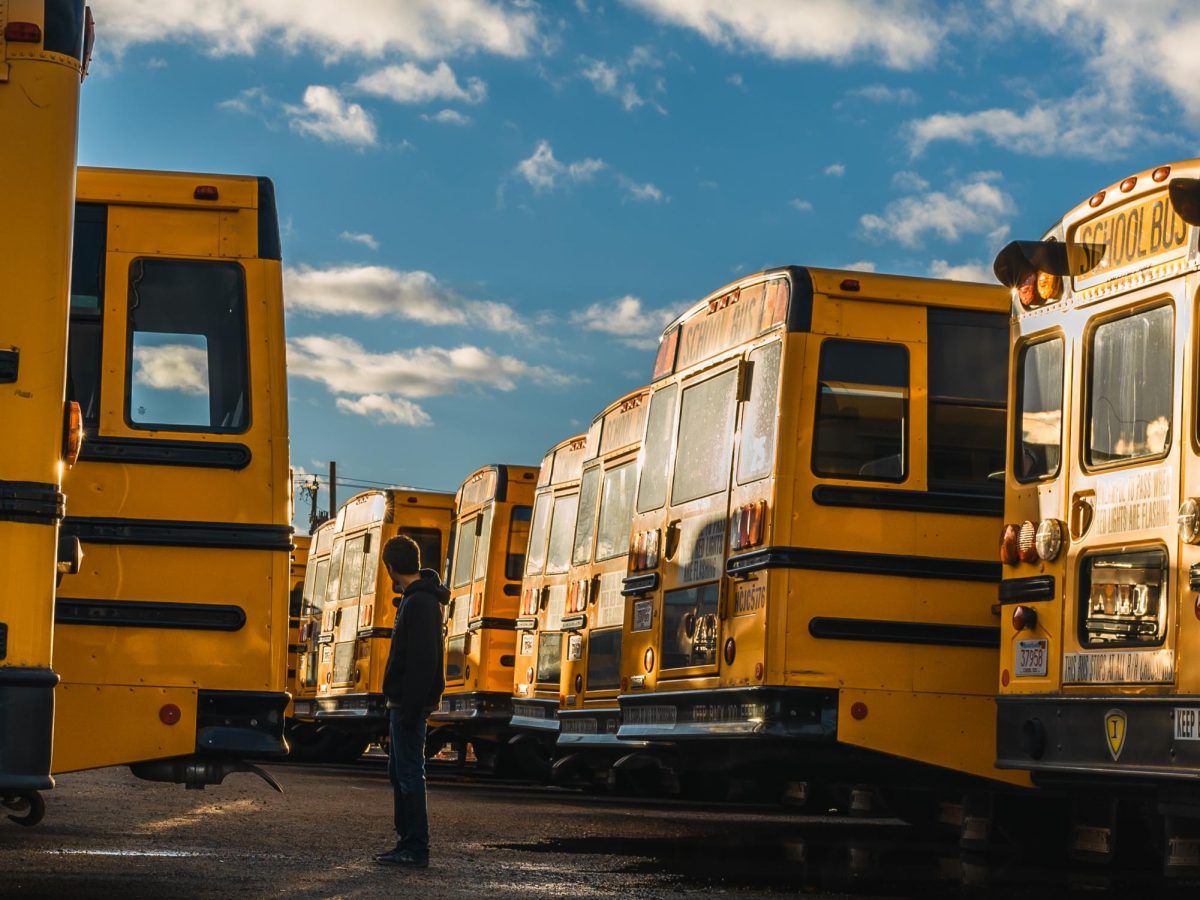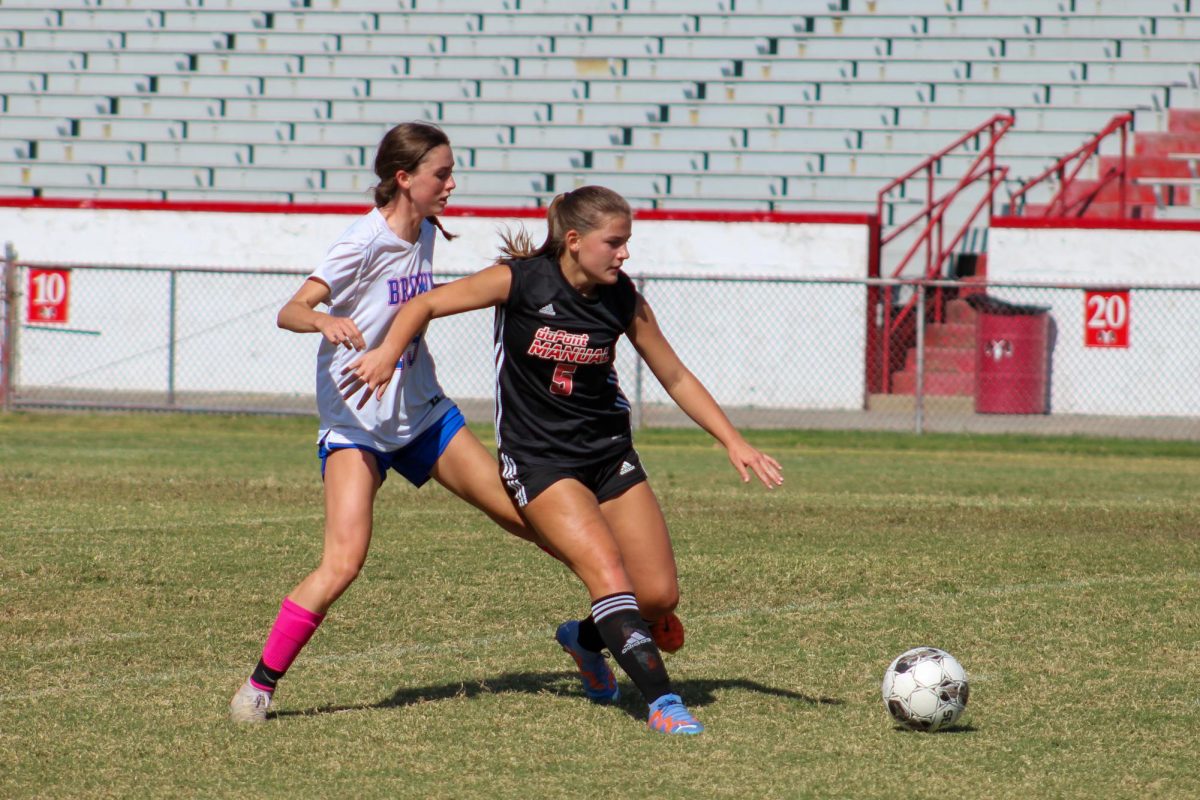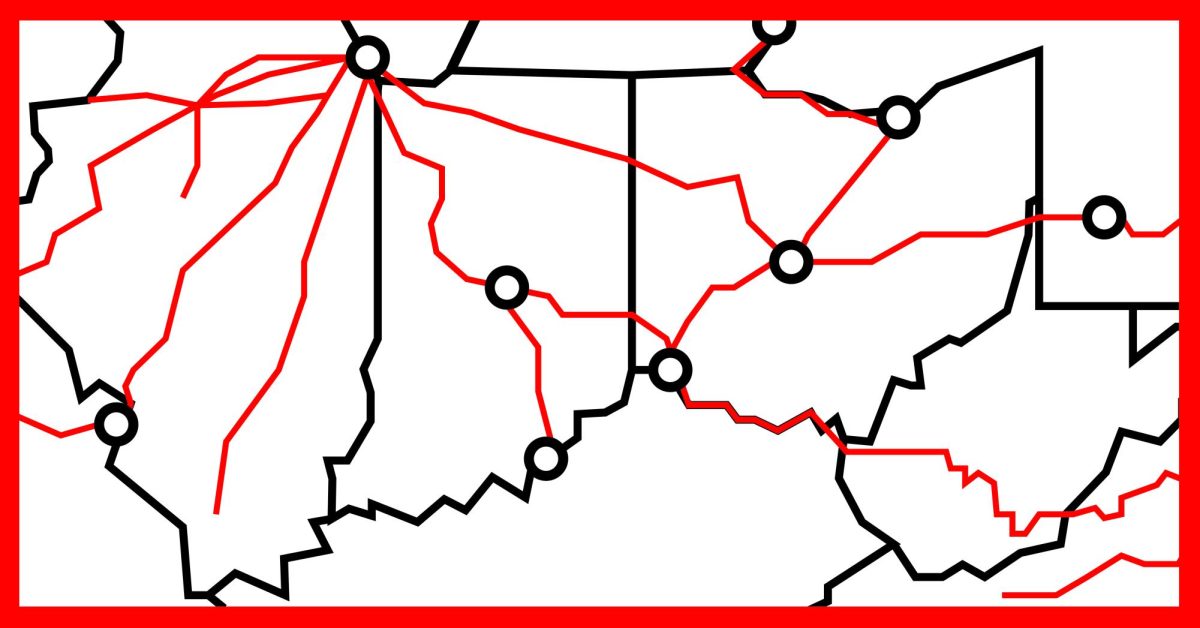Busing was created and instituted nationwide in the United States in the 1950s. The intent of creating the busing system was to diversify and transport students of all races to previously all-white schools. This began to allow equal opportunity for every student; regardless of the color of their skin. However, busing students to better opportunities became more than it seemed. Busing has inadvertently created socioeconomic and racial inequalities that are still affecting our schools today. Fortunately, there are efficient and effective ways to help eradicate these inequalities and improve the future generations’ chance at a better education.
In 1975-76, Louisville Ky’s “busing to integrate” began. This initiative forced previously all-white schools to now accept Black and other minority students. Louisville then began busing Black and minority students to the no longer all-white schools. Not only did this mix people of different skin colors, but it also mixed students from different socioeconomic backgrounds. The United States was grudgingly accepting integration, but did it expect socioeconomic diversities?
Camara Douglas, a University of Louisville graduate, wrote a dissertation in which she studies the effect desegregation busing had on students, and their families.
“Results [from GIS mapping, open interviews, and archival research] show that the White superiority ideals of the Jefferson County school district enabled the White teachers to operate from their White ideals and disfavor their African American students,” Douglas said. When a student’s education is disfavored over another’s due to race, the effects can be long lasting and affect the students entire life, predisposing the Black students to get worse jobs compared to their white counterparts. In an article published by Allison Academy, a private school, they state that a bad education can cause many negative effects:
“Poor health, shorter life expectancy, poverty, unemployment, lower salary, gender inequality, social isolation, illegal activities, poor economy, and impossibility of (adequate) participation in political and social life,” the Allison Academy article said. At the beginning of desegregation, Black students were not given the same attention as white students, beginning a cycle of inequality and lack of proper education that hasn’t been resolved.
Parents who experienced the beginning of busing in the 1970’s are now sending their kids back to JCPS schools that are more racially diverse than ever. However, if racial diversity has been socially accepted, why do socioeconomic inequalities fly under the radar? The American Psychological Association (APA), a professional scientific association representing the psychologists of America, produced an article supplying resolutions to educational and socioeconomic inequalities.
“Children from low-SES [socioeconomic economic status] families are less likely to have experiences that encourage the development of fundamental skills of reading acquisition…poor households have less access to learning materials and experiences, including books, computers, stimulating toys, skill-building lessons, or tutors to create a positive literacy environment,” the APA said. They also state that during college years, students from low-SES backgrounds perform worse than their higher-SES counterparts. Additionally, they are more likely to accrue greater student debt.
Students with lower socioeconomic status are not only less likely to be financially prepared, but their education is directly affected in negative forms. This causes the students’ futures to be uncertain due to an education system that is out of their control.
“The classrooms didn’t have scissors, and the teacher had to go down to the office to check out a pair of scissors for a couple of hours,” said Tracy E. K’Meyer, an author and teacher employed at a West End school. Apart from students, teachers are also being afflicted by socioeconomic inequalities in schools.
“We would read about science experiments and what was supposed to happen. We didn’t actually get to see it because we didn’t have working Bunsen burners or chemicals to do experiments with. We had to get the same information without the same resources,” said Pamela Smith, a student at Shawnee High School. A teacher’s job is to equip students for success in the “real world”, but they can’t accomplish this already difficult task without access to basic classroom resources. In addition, Louisville’s West-End is historically Black, and poorer than the rest of sections in Louisville caused by redlining in the 1970’s. This forces West-End schools to be in need of greater help that they are not getting.
How do we solve the problems of racial and socioeconomic inequalities, psychological damage, poorly equipped teachers and ineffective preparation for future jobs or higher education? We need to start by reforming current tax policies. In an article published by Anjali Bhatt, and his colleagues, they advocate to “expand the child tax credit (CTC) and the earned income tax credit (EITC).” The article becomes more specific:
“The Child Tax Credit provides a $2,000 per child tax credit for parents but excludes the lowest earners, i.e., those with the smallest tax bills, from receiving the full credit,” Bhatt said. This means that those who get paid the least, and who need the money the most, aren’t getting paid to help with their children, but the higher paid elite are. Expanding this credit would be especially effective in Louisville’s West-End and other lower income areas. Lifting the weight on poorer families and allowing for parents to be unburdened economically by their children.
“The Earned Income Tax Credit is calculated based on the number of dependents (children) and work status. It has been effective at reducing poverty since its enactment in 1975… Expanding the program would further reduce poverty while encouraging work,” Bhatt said. Again, another vital solution to loosening the strain on West-End families and poorer regions in Louisville by creating a bonus for having children instead of forcing more financial tension. This article includes other tax reformation options, such as a wealth tax:
“Adjusting the top marginal tax rate alone would not increase the effective tax rate on the superrich,” Gabriel Zucman of University of California Berkeley said.
“Incomes are only a very small fraction of their wealth. Many billionaires accumulate their wealth through shares and other assets, which are subject to capital gains taxes, rather than income taxes,” Zucman said.
This means that the wealthier will pay higher taxes than the less fortunate. By forcing the wealthier to pay a fairer percentage of their wealth, the government could balance the scales of socioeconomic inequality by lessening the strain on lower income families. This will create more equality while being unequal. This will also benefit West End and other lower funded schools by creating a more equal amount of funding to all schools in Louisville.
In an article written by Jermeelah Martin, he considered additional methods to equalize school systems.
“…The first solution would be to reduce class distinctions…by doing away with the property tax as a primary funding source…,” Jermeelah Martin said. By increasing the tax on the wealthy and lessening the tax on the poorer families, paying teachers adequately and picking away at the additional capitalist inequalities, the government can effectively create equality in areas that it isn’t present.
Segregated busing was just the beginning of the inequalities that went on in Louisville, followed by socioeconomic and racial inequalities. Busing into all-white schools placed African American, Hispanic, and other persecuted minority students into situations that negatively affected them and their education. This exacerbated already present problems: racial, and socioeconomic inequalities, psychological damage due to the inequalities, poorly equipped classrooms and teachers and ineffective preparation for future jobs or higher education. More money to West End or lower funded schools, communities and teachers through a change in tax policies is the solution to busing inequalities.














Elyse • Oct 1, 2023 at 10:12 am
Good job Navarre ??????